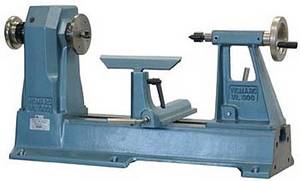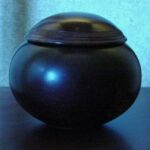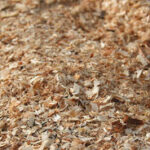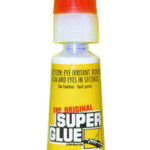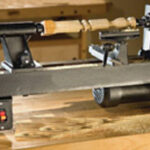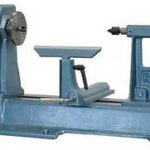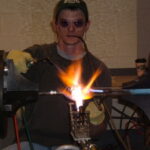Choosing the right wood turning lathe depends on what you plan on turning now and in the future. A lot of people purchase a lathe solely on price without fully investigating the capabilities of the machine. In almost all cases the cheaper lathe will be replaced with a more capable machine and the cost will be much higher being you had to buy two lathes.
If pen turning is the only type of turning your going to do almost any small lathe will work fine. The only thing to look for would be the quality of the machine.
There are three basic types of lathes. The mini, mid size and full size. The difference in the three is basically the amount of swing over the bed. A mini lathe will normally measure 5″ over the bed and be able to swing a turning about 10 inches in diameter. A mid sized lathe is generally about 6″ over the bed and will swing a wood turning about 12″ in diameter. A full sized lathe is usually 12″ over the bed and will swing a wood turning about 24″ or larger in diameter. These are just basic guidelines. There are many lathes that fall somewhere in between these specifications.
Another important consideration would be lathe bed length. If turning spindle stock a longer bed length is normally used. Bowl turning can be done easier on a short bed lathe. Most bowl turners prefer a short bed lathe so they can stand at the end of the lathe when they are hollowing which makes it much easier to see. If planning on turning bowls now and possibly longer turnings in the future there are lathes that will accept bed extensions. A good choice if your unsure of future needs.
Probably the most important feature after choosing the proper size is speed control. Some lathes run very fast and the speed can’t be controlled very well or at all. The best type of speed control is a motor and speed controller combination. These are usually DC motors that are controlled by simply turning a knob on the controller that changes the speed from a few rpm to full speed. Speed controllers also have other useful functions like a brake which stops the motor quickly and reverse which will change the direction of rotation. The reverse function is an excellent aid in sanding. Some lathes change speed by slipping the belt onto different steps in the machines drive and driven step pulleys. This works but is a bit cumbersome. The big drawback to this system is your low speed is still too fast for some lathe operations. Being able to adjust your speed down to a few rpm is good for applying film finishes. Reeves drives are another type of speed control where one of the pulleys is split and can be expanded or contracted to adjust the pulleys inner diameter thus changing speed. This type of control also suffers from the lack of very slow speeds.
Motor horsepower is an important feature especially in larger lathes. There is little sense in having a lathe with the capability of turning larger turnings if the motor is too small. Larger lathes should have a minimum of 1 hp but closer to 3hp would be a better option. A mini lathe can get by quite well on .5″ hp.
Weight is another very important consideration. Pick the heaviest lathe and stand that you can. Turning large pieces of wood creates large lateral forces which can only be countered by weight. Even bolting the lathe to the floor is not as good as a lathe that is heavy. Spindle size is not as much of an issue today as it once was. The name brand lathe manufacturers today size the spindle correctly. It might be an issue if buying an import or low end lathe. Be sure the spindle is adequate. Mini lathes usually start at about .75″ in diameter while full size lathe spindles run from .75″ all the way to 1.5″ in diameter. Indexing is a nice feature to have but not needed by all turners. Indexing is basically a means of dividing a circle into equal parts. Ideal for things like spindle fluting.
When purchasing a wood lathe buy the best you can and you will only buy once. This is one area where this old adage really holds very true.
